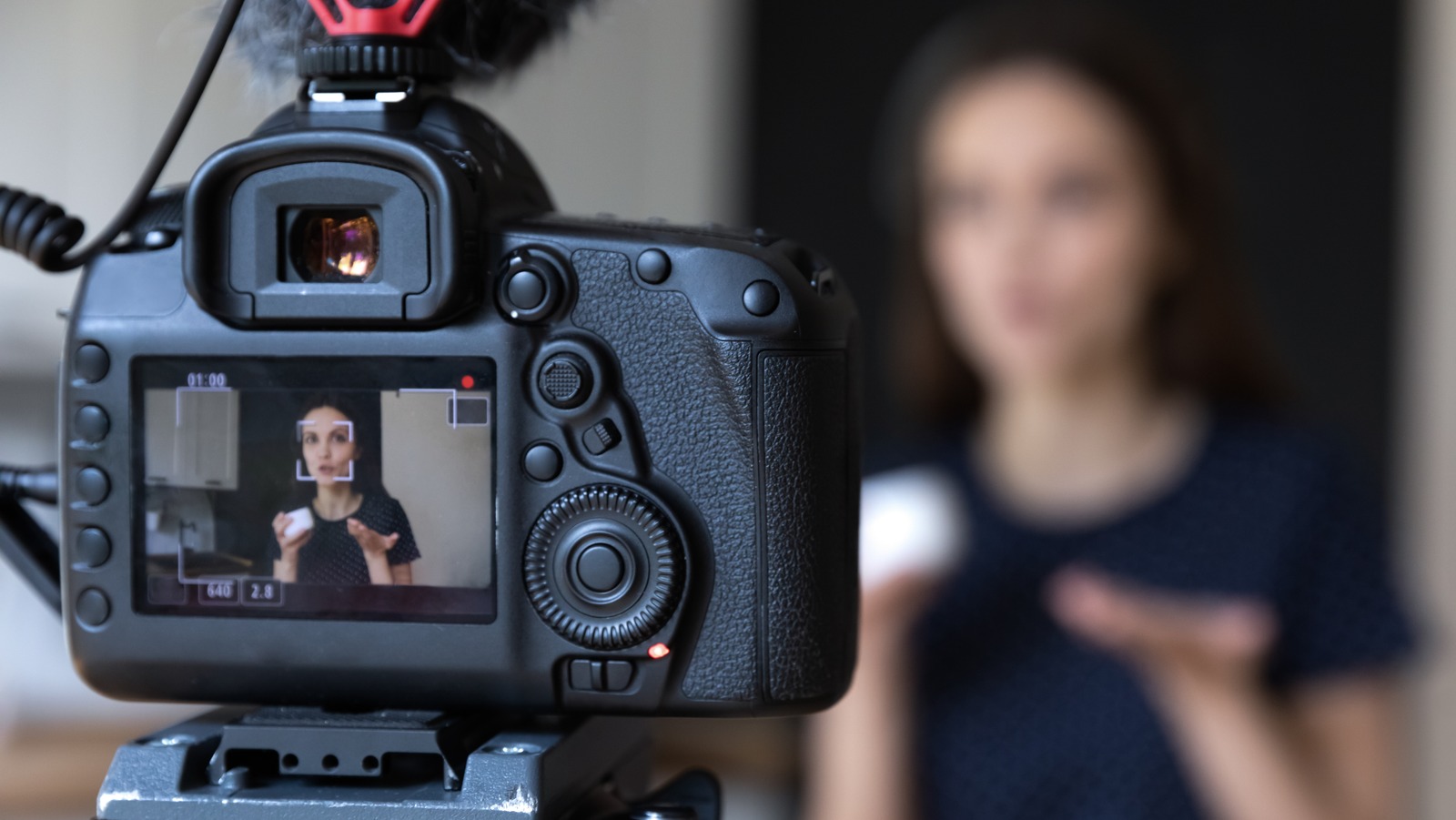10 Basic DSLR Camera Settings Every Beginner Photographer Needs To Know – SlashGear

At its core, photography is about capturing and manipulating light. What you do with that light after you’ve collected it can dramatically transform the image you end up with, but it all comes back to decisions you made before you snapped a photo. There are three foundational settings on your DSLR that most immediately impact the light you’re capturing and, therefore, the end result. Aperture is the first of these three pillars, followed by shutter speed and ISO. More on those in a minute.
Even if you’re totally new to photography, you’ve probably heard the word “aperture” in other contexts. It refers generally to any opening, but more specifically to the opening in a camera or telescope through which light passes. It’s also a rogue research corporation experimenting with intelligent robots and teleportation, but we digress.
If you think of your camera as a mechanical eye, the aperture is its pupil. A wide aperture lets in the most light while a narrow one lets in much less. And just like your eye, the ideal aperture size depends on the conditions you’re photographing. If you’re in an especially bright environment, a smaller aperture can help to bring out less apparent details, while low-light environments like nighttime photography might require a wider aperture.
For all the latest Gaming News Click Here
For the latest news and updates, follow us on Google News.

